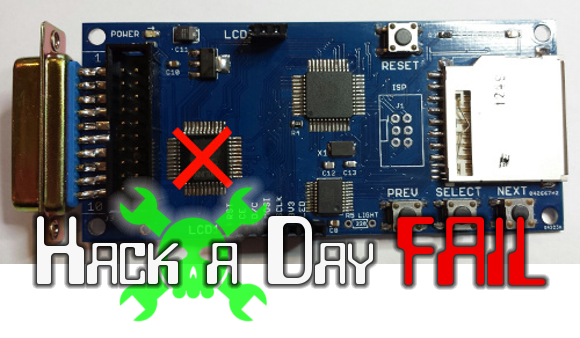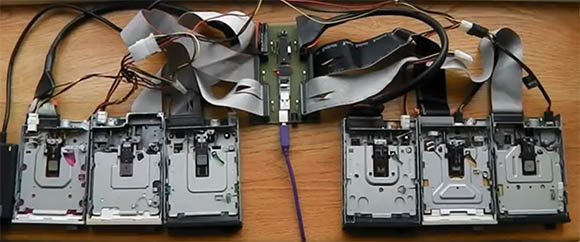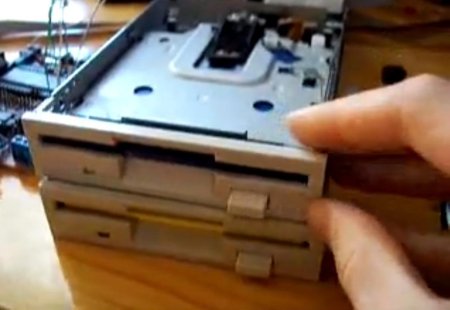[Matt] wanted his own light saber. You could argue that this is nearly as dangerous since you can’t see the beam and it doesn’t end a few feet past the business end of the grip. Plus there’s that who “not actually a Jedi” thing.
We don’t know if retro computing fans are going to love or hate this (translated). On the one hand it’s pretty cool to see a ZX81 clone up and running. On the other hand, an Amiga 600 case was sacrificed to serve as the body for the hack. [Thanks Juan]
Watchdog timer. If you know what that is your mind immediately says “good idea” when you hear the word. If you don’t know, you need to learn. Watchdogs are reset timers that are built into most microcontrollers. If your firmware gets stuck and doesn’t maintain the timer’s counter at a regular interval the watchdog it will perform a hardware reset and hopefully your hardware will start functioning again. Here’s a guide for using the watchdog in an Arduino, but the concepts are pretty much universal.
We see all kinds of stepper-motor based music machines. One of our favorites was this recent floppy drive jukebox. But not every song is going to sound good on this type of hardware. One that does sound especially neat is the Doctor Who theme on an array of 8 drives.
And finally, if you’re struggling with surface mount soldering we recommend grabbing two soldering irons. But in a pinch just grab some heavy gauge copper wire and wrap it around your soldering iron tip. It ends up being a two-point soldering iron set for the size of specific components such as 0805 resistors. [Thanks Rupert]

















